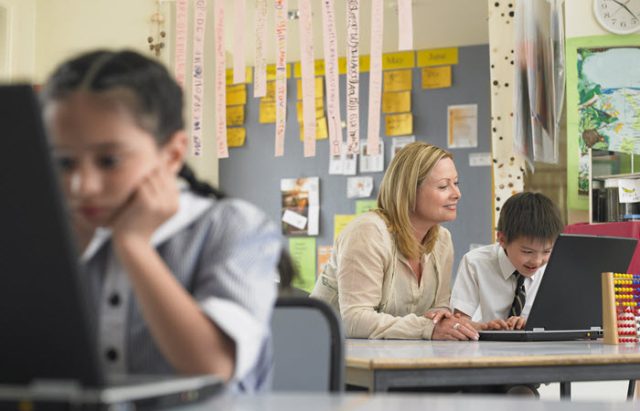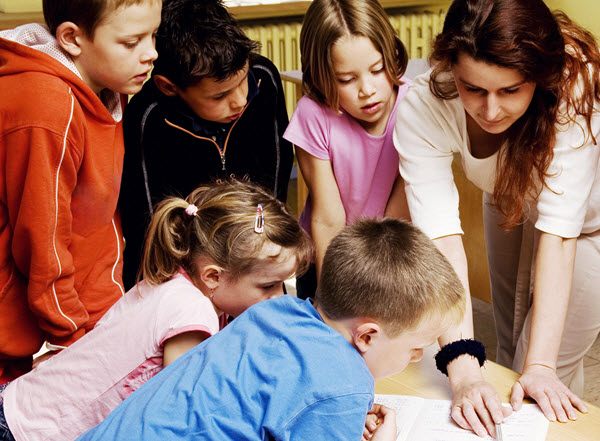The Little-Known Peer Feedback Strategies You Can Use in The Classroom
By Nathan William
July 10, 2018 • Fact checked by Dumb Little Man

In every level of the education system, students are provided with assignments which help teachers to evaluate them. Now, for effective learning, it is necessary to give feedback to the students. It can help them understand the mistakes committed, which can then improve their knowledge and skills. It can also make a student more confident and enthusiastic when it comes to learning.
There's a handful of benefits of peer feedback. However, even though this process is very effective, implementing it in the classroom is not that easy. There are many challenges that a teacher must face. The list includes reluctance from the students, non-specific feedback, and more.
In order to implement effective peer reviews, the following measures can be taken:
Make sure everybody takes part

It will not make any sense if only one or two students give feedback. You must encourage everyone to get involved. Tell the students to participate in the program.
Ask them to be specific
Students should be taught how to give constructive feedback. This is to help the students learn how to improve their work.
Giving a two-word review will not be enough. The feedback needs to be specific and it should focus exactly where a student needs to work on or in what area has one excelled in. This process requires the students to think critically, enabling them to hone this skill.
Provide a rubric
To help a student in providing constructive feedback, it is important to have a specific rubric or guideline. This way, they will know where they need to focus on while reflecting on their peer’s work. A rubric will also assist them to understand what can be considered as a good work, and they can create their own feedback based on that standard.
Use technology

Utilizing a user-friendly, engaging, and fun platform will make the process of peer review more enjoyable for the students. And as a result, student participation will also increase.
See Also: Technology in the Classroom — Should Technology Take Over The Education System?
Track results
Teachers should also keep track of the feedback and the students giving the reviews. This way, they have a way of checking if the system has been productive or not.
Peer feedback is very effective for teaching and learning. With proper implementation, students get the chance to think about their own learning and learn what they can do to improve themselves.
This process is also great for the teachers since they don’t usually have enough time to give a personal feedback to each student. By using these techniques, teachers can implement an effective peer feedback system and create a great classroom culture.


